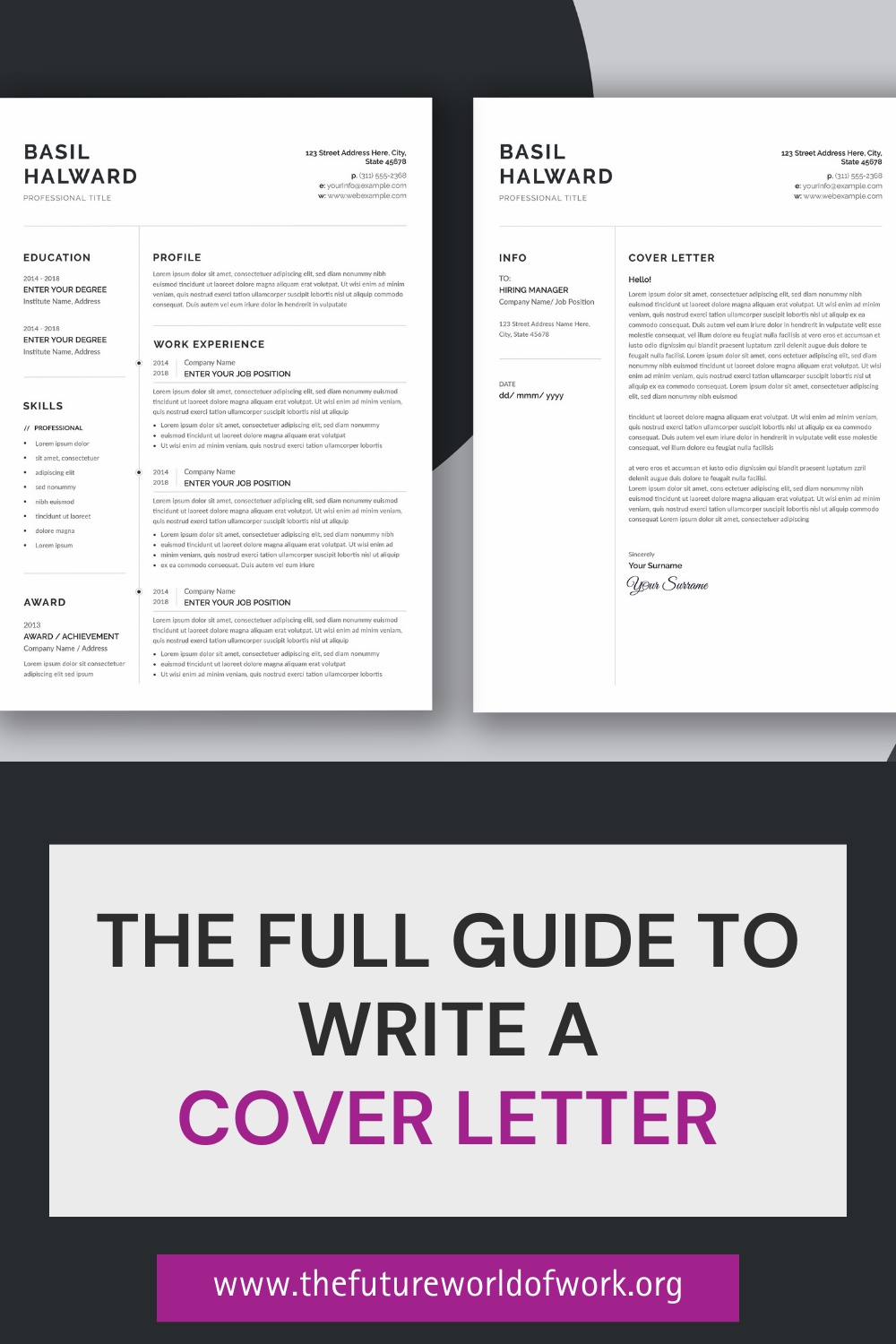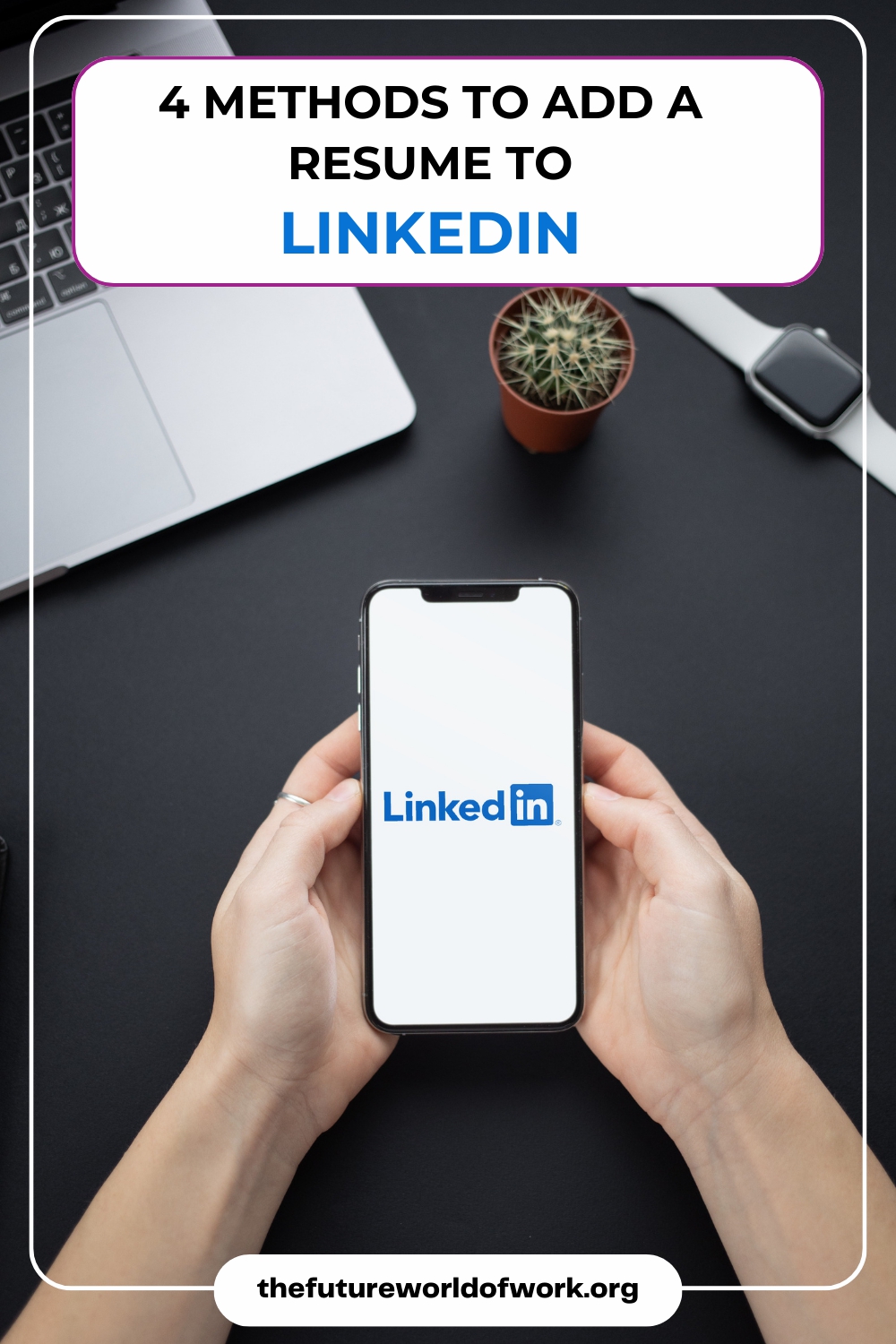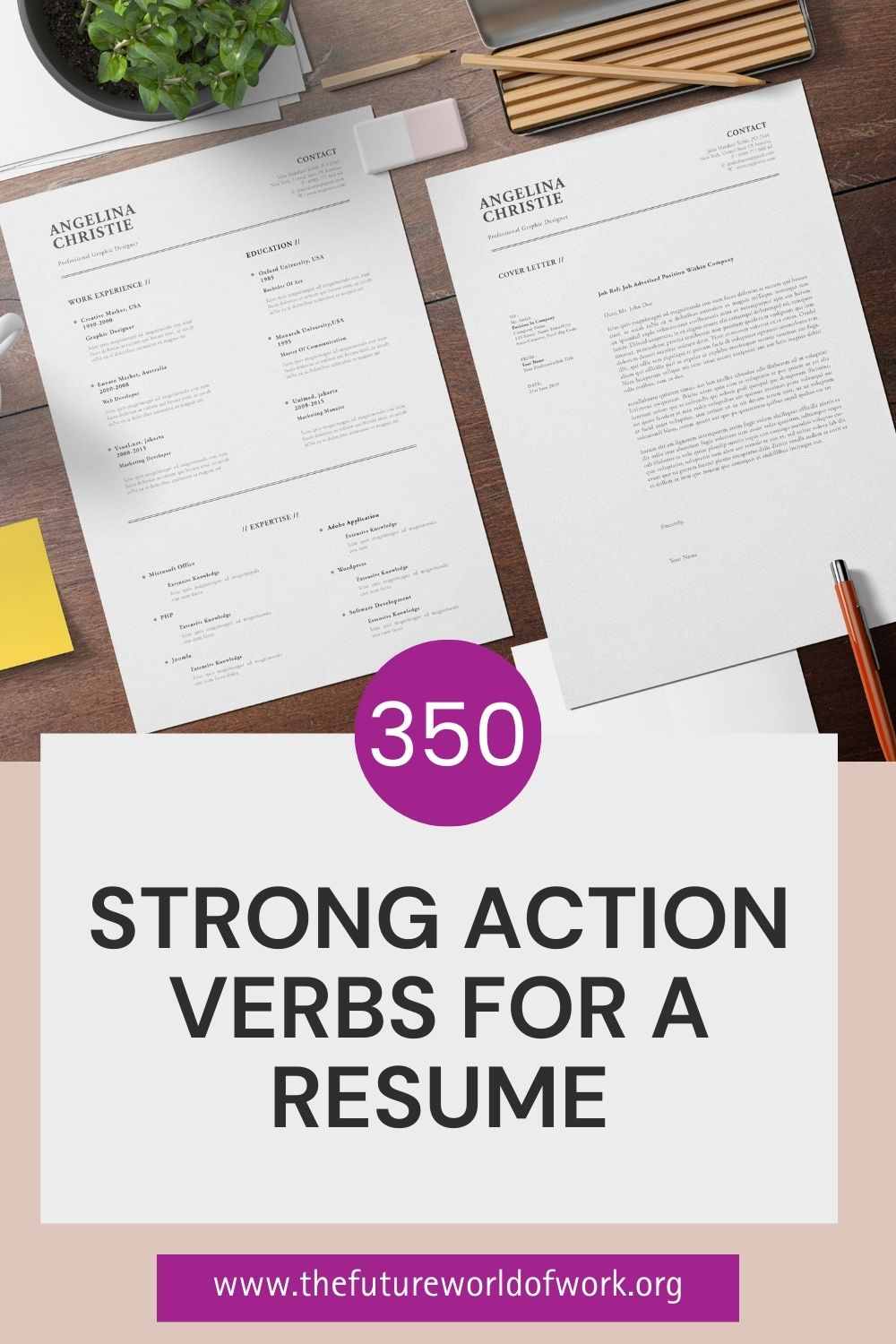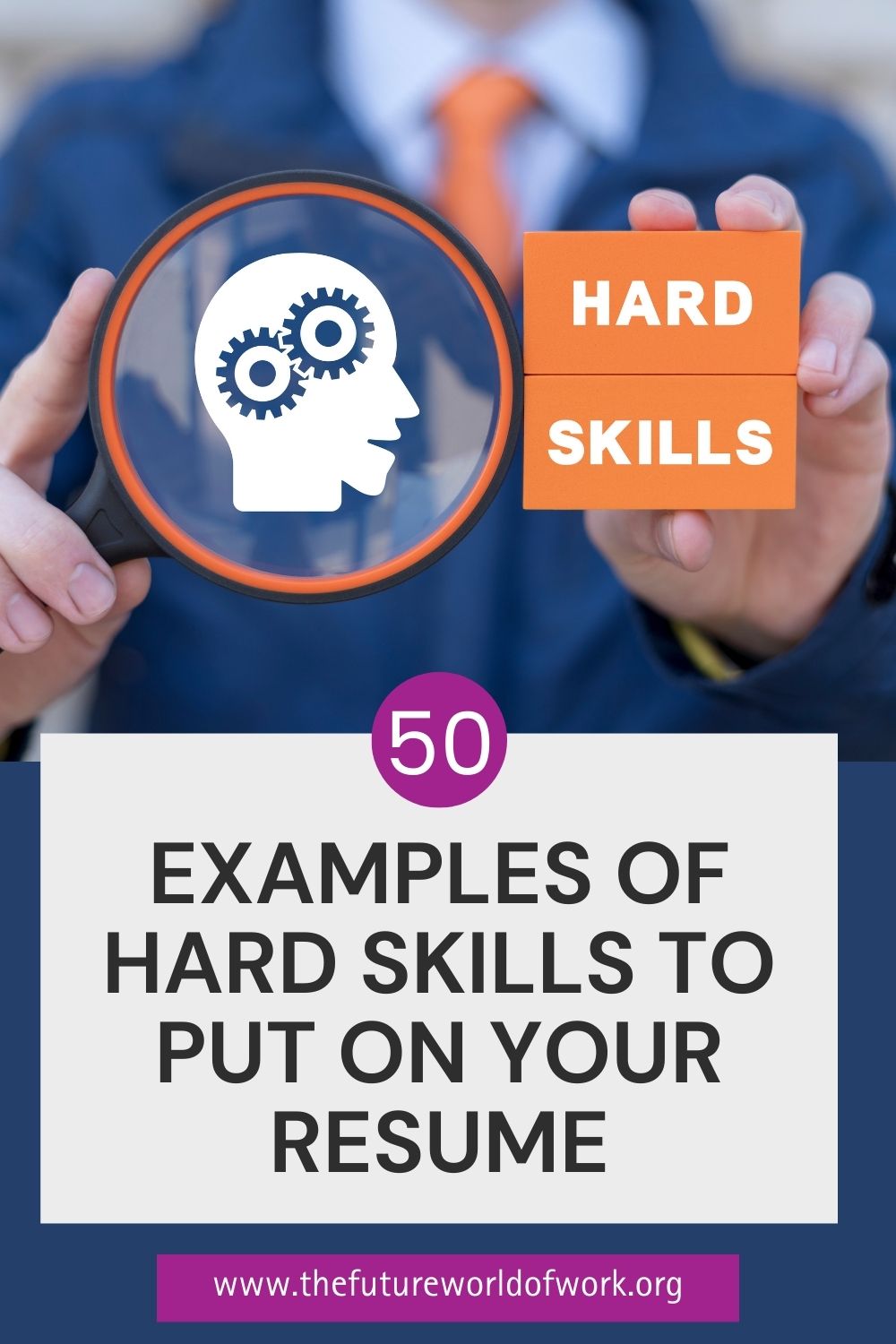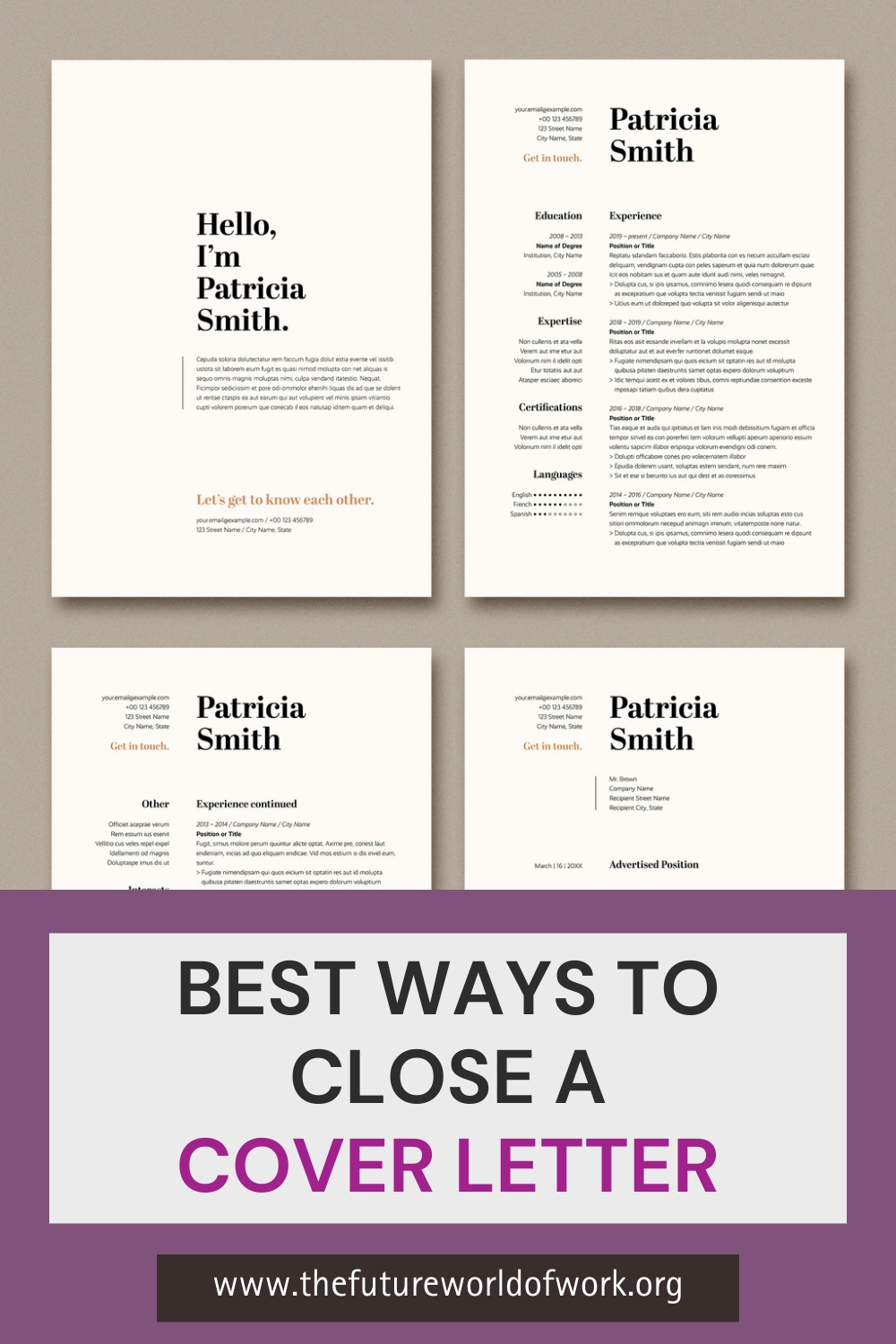Depending on your experience level, some say that a resume should just be one page long, but others feel comfortable sending out a five-page document that includes every aspect of their career path to date. Size is important when it comes to the effective resume length.
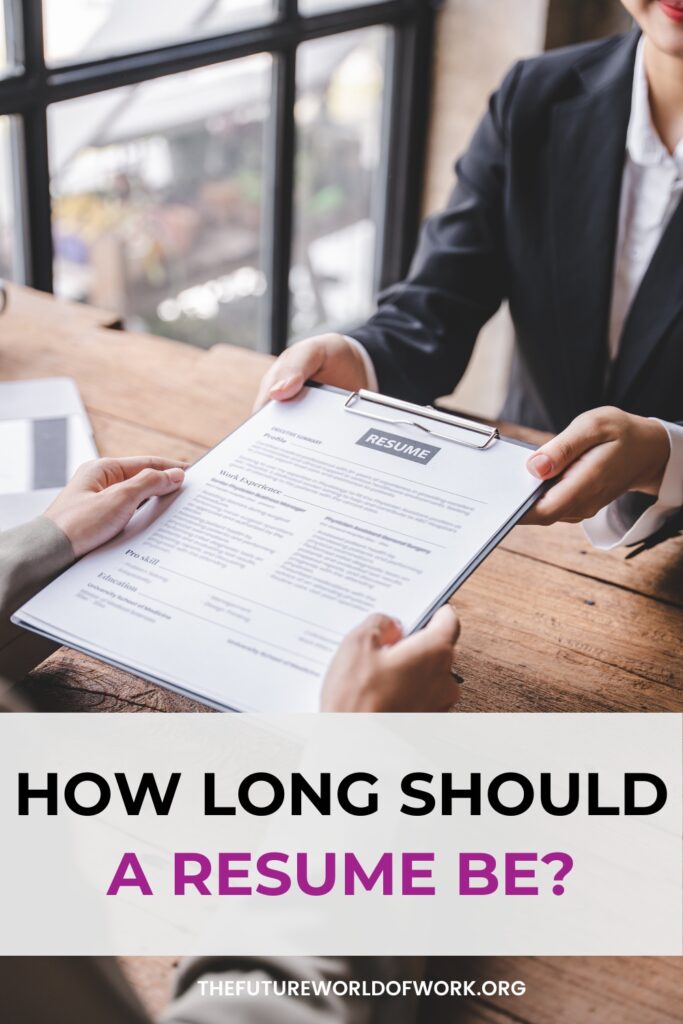
So, should a resume be one page or two pages? All the information you require to respond to this query is right below!
In this article:
How Many Pages Should A Resume Be?
An ideal resume is preferably one page long. However, it can be two pages, depending on your experience. In short, your expertise level and the kind of work you are seeking will determine the precise duration that is best for you.
As someone who has worked in this field for many years, I believe you should write no more than two complete pages, even if you have worked for a longer period. Most senior professionals can relate to this guideline regardless of how long you’ve been in the industry, seven years or twenty-seven.
According to a recent finding of Indeed, the majority of recruiters spend about 6 seconds screening each resume and then choose whether to give a candidate more attention. There’s not much time to create a good first impression, so it’s critical to deliver a brief resume that focuses on the most recent and pertinent aspects of your professional background, training, and experience.
When To Use 1 Page
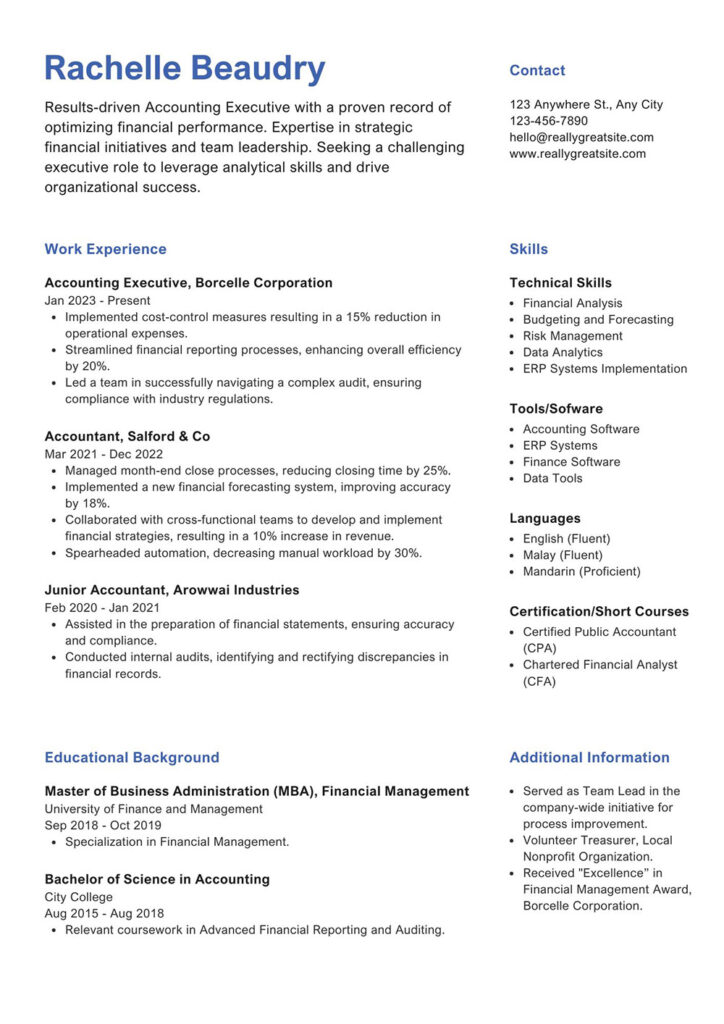
Typically, a one-page resume is adequate for individuals with less than 10 years of experience or fresh grads.
Although it’s no longer necessary, entry-level applicants shouldn’t feel compelled to limit their resumes to one page, nor should they attempt to extend it to two pages if it does not make sense. It may also be necessary for career changers to limit their resume to one page.
When To Use 2 Pages
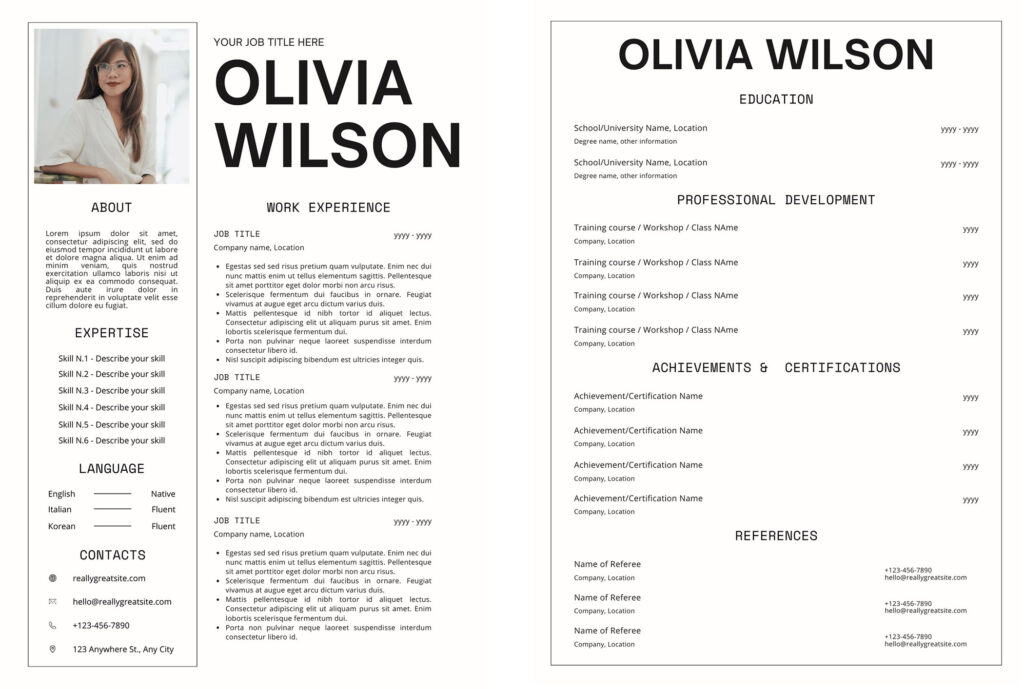
A resume can be 2 pages sometimes. Generally speaking, a professional in their mid-to-late career experience should have a two-page resume.
Reducing it to a one-page form runs the risk of omitting important details that highlight your abilities and accomplishments. A two-page resume gives you enough room to showcase quantifiable achievements and jobs from a longer period while still making it easy for recruiters to browse.
Exceptions
Although it is highly recommended that you keep your resume within two pages, there will be situations in which this is practically unachievable. Professionals with seemingly endless lists of technical talents and proficiencies, a plethora of consulting engagements to justify, or an array of published works and research to include frequently experience this.
You might have to utilize the first section of a third page if you fit into any of these categories. Still, there is a limit to the number of pages that a resume may include, so try to avoid doing this if at all feasible.
In the following three situations, the length of your resume is probably going to be more than two typical 8.5 x 11″ pages.
- Your academic resume or CV should be longer than two pages if you are seeking work in the science field or academia. Your CV may even be 15 pages long!
- Your federal resume may be 3-7 pages long if you’re looking for a position with the state federal government to accommodate all the necessary material.
- An international resume should be one to two pages long but written in a different format. This is the kind of document that is used to apply for jobs in most nations outside of the United States. Resumes should be one to two pages on regular letter (8.5″ x 11″) paper, whereas international resumes should be one to two pages on A4 (8.27″ x 11.69″) paper.
How To Fit Your Experience In A One-Page Resume
Let’s be honest. Since an entry-level candidate has little relevant experience, all pertinent information may be included on one page. The other option is to give the impression that they are not putting in enough effort to draft a clear application. However, this may be a little more difficult for people with more expertise. You may make your resume into a one-pager by following these tips.
Utilize An Online Resume Builder
Hundreds of resume-creating sites are available, so I know that you won’t have trouble finding the one that suits your taste. Select a free resume template tailored to your desired length, then let it do the rest. The resume maker will arrange everything on one page, so you don’t need to fiddle with the typeface or layout.
Pay Attention To Crucial Details
Once again, it is essential that you thoroughly review your targeted job description and the primary competencies that employers are looking for. I suggest you avoid bringing up your social media management internship while looking for a software engineering position.
For example, eliminate “yoga” from the activities you enjoy. It is not required to be on your resume if the company is not looking for it.
Focus On Achievements Instead Of Responsibilities
Don’t enumerate every duty you had. That won’t make you stand out; it will make no difference apart from making your resume longer and boring the company.
If your resume lists “Sales manager,” your potential employer knows your primary duties. These are the same as 100 others who submitted applications and had comparable employment histories.
Instead, concentrate on observable performance metrics. For instance, say, “Met and surpassed department KPIs by 30-40% for 5 months in a row” rather than “Did sales at XX.”
Try Different Presentation Format
Not many people notice this, but the presentation format does affect the length of your resume. Here is what you can change to mix and match the format to limit the information to just one page.
- Spacing: Reducing the document margins space will always allow you to add additional entries. For instance, you may change the margins from the standard 2.5″ to 0.5″. You may also experiment with how much blank space there is between resume sections and bullet points.
- Fonts: Although 12-point font is standard for academic papers, you don’t have to use it on your resume. To get extra room, try using a font size of 11 or 11.5. However, make sure you can read everything without having to enlarge it!
- Bullet point format: Use bullet points to list employment or educational requirements instead of paragraphs. Don’t hesitate to use concise language.
How To Fit Your Experience In A Two-Page Resume
Several seasoned job searchers find that a two-page resume is a more legible and superior choice for emphasizing all the relevant details that an employer would find useful.
If you want to include as much information as possible on two pages, it is preferable to make sure the resume is well-structured and easy to read. For the hiring manager to see the potential in your job application, it is more necessary to highlight your accomplishments and experience in your resume than its length.
Key Information On The First Page
The first page is the one that employers look at first. Thus, I recommend mentioning the most important information on this page.
- Goal Position: Although not required, creating a focused job title gives your resume a clear visual foundation and expresses the position you are applying for in concise terms. Even when it might not align with your present role, the Target Job will show that you are interested in moving up to that role.
- Career Growth Summary: The goal here is to accurately and concisely describe your work history and show that you are a qualified applicant for the role. This section should not exceed a few phrases that highlight your unique qualities, relevant skills, and relevant experience.
- Knowledge Or Fundamental Abilities: Include a keyword-rich list of your qualifications and provide a brief overview relevant to the job description in this section. It is best to use 2-3 bullet points to showcase your expertise. The recruiting manager can read and evaluate your experience more rapidly.
- Job Background: Placing your most recent job experience near the very top of the page of your resume is recommended. A resume that places job experience near the top will provide the reader with enough information to decide whether to keep reading.
Additional Details On The Second Page
Additional info will be placed on the second page. These will give more details about your experience so that the employer can have the most vivid vision of you.
- Further Work Experience: Carry over the presentation of your job experience using the first page’s structure. Unless the experience is specifically related to the position being evaluated, it is not required to include in-depth explanations of every previous position.
- Training And Education: Depending on the relevance, the Education part of the resume may appear at the top or bottom. But not everyone has a master’s or college degree, so that’s not a barrier. List your finished courses, certificates, and relevant continuing education if you don’t have a degree.
- Professional Associations: This category can be skipped. If you decide to list associations on your application, be sure the hiring manager will find the memberships valuable.
- Extracurricular Activities And Volunteer Experience: This part is suitable for roles that demand excellent communication and interpersonal skills.
How Far Back Your Resume Should Go
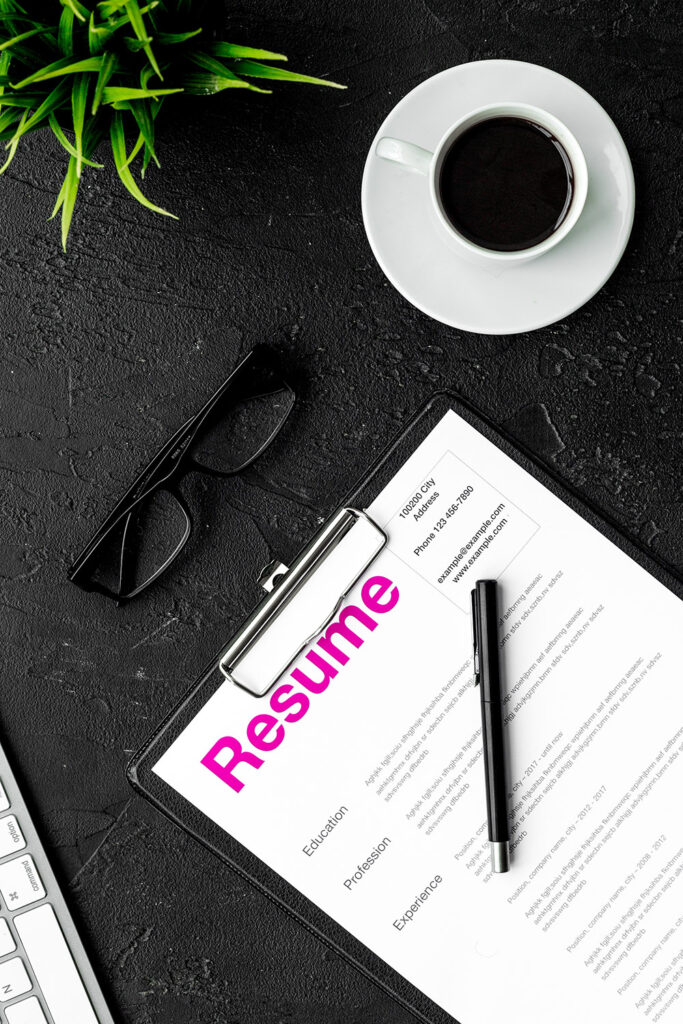
You should limit the amount of experience on your resume to 10-15 years. It should only contain information pertinent to the position you plan to apply for. Most likely, the recruiter doesn’t care about your work from 20 years ago. Even if it is quite amazing and impressive, it’s likely that you have accomplished far more important things in the last three positions than you did 18 years ago.
Additionally, you may avoid ageism by not mentioning experiences that are too far back. If your resume is older than 15 years, the HR manager may estimate your age. Sometimes, your application can be turned down immediately if they’re searching for a young, fresh-out-of-school applicant.
That being said, there are still exceptions when you can present your experience of more than 15 years. For example, when you are looking for a job in a field where you last worked more than 15 years ago, and you don’t have the necessary recent professional experience. Under those circumstances, you can add it to your resume, as prior relevant experience is preferable to none at all.
Frequently Asked Questions
Is It Better To Have 1 Page Resume Or 2?
It depends. A one-page resume reduces the chance that your pages will split and is easier for employers to read. Meanwhile, a two-page one can showcase your experience in detail and may impress those looking for someone highly skilled. Still, notice that your 2-page resume format becomes split; crucial information may be overlooked in the stack. So, be careful with your presentation.
Is A Three-Page Resume Too Long?
Most of the time, yes. Unless you satisfy a specific set of requirements or the sector in which you work explicitly requests resumes this long, you should virtually never submit a three-page-long resume. Resumes of three pages or more are usually the domain of researchers, who frequently have extensive CVs or resumes because of their comprehensive lists of published work citations.
Is It Okay To Bold In Resume?
Yes, but only with caution. While bolding some words and phrases facilitates scanning, you shouldn’t go crazy. Decide carefully what to bold and what not to, based on the messages you wish to convey. It can make the most sense to bold your job titles if they clearly show how you progressed to management-level positions.
You might also like:
You might also like:
The Bottom Line
Although a one-page resume is ideal for most applicants, there are situations in which a 2-page resume will increase your chances of getting hired. So, be sure to read the job description carefully to create a resume that is suitable for your needs.


